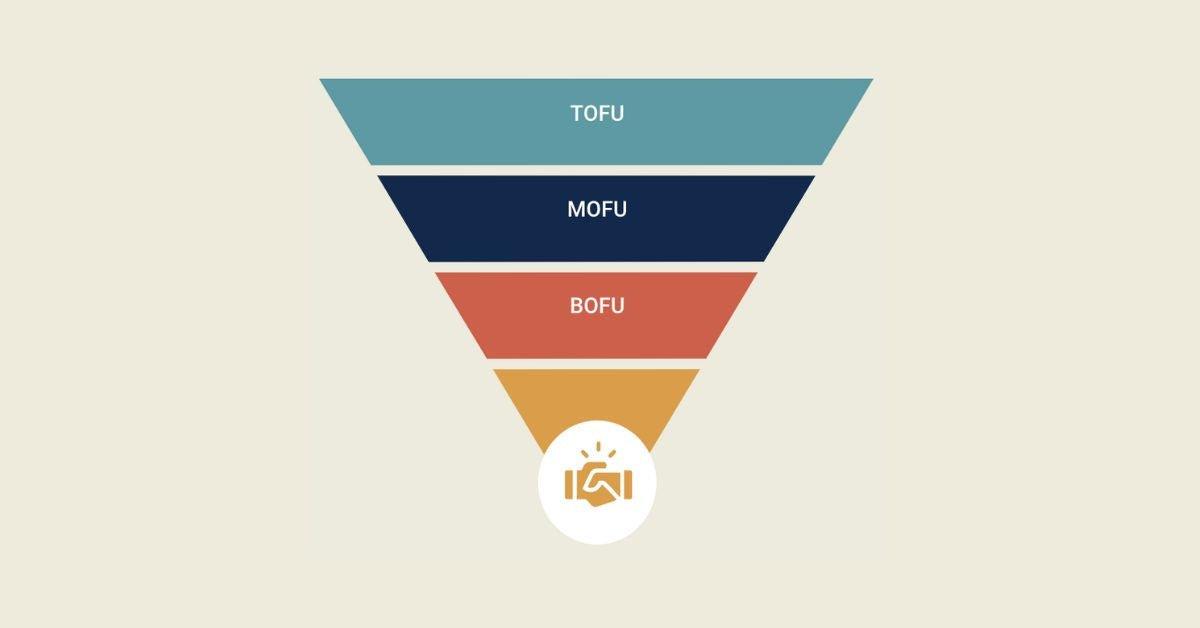Introduction
Marketing surveys are essential tools for understanding your customers' needs, preferences and opinions. They allow businesses to collect valuable data, improve their products and services, and optimize their marketing strategies. In this article, we'll explore the different types of marketing surveys, the tools available for creating and delivering surveys, and best practices for creating effective surveys.
Types of Marketing Surveys
-
Satisfaction surveys:
- Example: After making an online purchase, a customer receives a survey asking them to rate their satisfaction on a scale of 1 to 10 regarding ease of purchase, delivery and quality of the product.
-
Net Promoter Score (NPS):
- Example: A customer receives a survey asking, on a scale of 0 to 10, how likely they are to recommend the company to a friend or colleague.
-
Recommendation surveys:
- Example: A survey asking customers if they would recommend the business to a friend, and why.
-
Opinion surveys:
- Example: A CRTC investigation was launched, in 2018, in response to publicized and direct complaints regarding the sales practices of telecommunications services, offering consumers the opportunity to share their experiences and concerns via an online survey administered by Ipsos, with the aim of addressing the problems of price unpredictability and problematic sales communication.
-
Customer experience surveys:
- Example: A survey asking customers to rate their overall experience with the company, from searching online to purchasing and using the product or service . As in this more general example where the Canadian government surveys the country's inhabitants about the appreciation of AM and FM radio.
Marketing Survey Tools
- SurveyMonkey: A popular tool for creating, sending, and analyzing online surveys. It offers a variety of survey templates and customization options. Visit SurveyMonkey
- HubSpot (service module): HubSpot offers a customer service module that includes features for creating and managing surveys. Businesses can use this tool to create customer satisfaction surveys, NPS surveys, and other types of surveys related to customer experience. Visit HubSpot
Marketing Survey Channels
-
Online :
- Example: Email surveys to a customer list, share surveys on social media, or embed surveys on a website .
-
Phone :
- Example: Calling customers to ask them to participate in a satisfaction survey after a recent purchase.
-
Postal mail :
- Example: Send paper surveys by mail to a selection of customers.
-
In person :
- Example: Conduct face-to-face surveys at stores, events, or on the street.
-
Television and radio:
- Example: Broadcast a survey invitation on television or radio, asking viewers or listeners to respond by calling a phone number or visiting a website .
Best Practices for Creating Marketing Surveys
- Set a clear goal: Know exactly what you want to accomplish with your survey.
- Keep the survey short and simple: Limit the number of questions and avoid ambiguous or complex questions.
- Use a variety of question types: Combine closed-ended questions, rating scales, and open-ended questions.
- Test the survey: Send the survey to a small sample of people before sending it to the entire target population.
- 72% of respondents to a SurveyMonkey survey indicated that they would be likely or very likely to purchase a product if the brand in question was known for providing an exceptional customer experience.
- 97% of consumers indicated that they would be willing to share a positive customer experience with those around them or colleagues.
- 83% of business owners and managers who consider their business successful seek feedback regularly .
So how can you make sure consumers know your brand , even by name? Sure, providing a great customer experience is crucial, but it won't do you much good if no one knows you!
We asked branding experts, and the SurveyMonkey results are very revealing: 80% of respondents believe it is essential to measure brand awareness, but only 24% know how to do it!
Results analysis
Analyzing marketing survey results involves interpreting the collected data, identifying trends, and using this information to make informed decisions. It is important to consider the context in which the answers were given, and not draw hasty conclusions based on incomplete or biased data.
Conclusion
Marketing surveys are valuable tools for understanding your customers' needs and preferences. By following best practices for creating surveys, choosing the right tools and distribution channels, and carefully analyzing the results, you can gain valuable insights that will help you optimize your products, services, and marketing strategies.
















